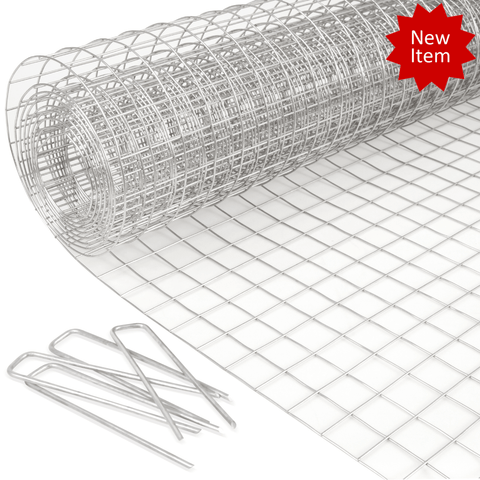Knowledge from Olle Garden Bed for Cloches and Critter Cages to Protect Young Plants
As a gardener, there's nothing more disheartening than seeing tender young plants in your garden bed being eaten to the ground or damaged by sudden temperature drops. Both hungry herbivores and springtime cold snaps can pose significant threats to your valuable seedlings. But fear not! here to share how you can use cloches and critter cages to shield your young plants in the garden bed during their most vulnerable stages.
Cloches: A Warm Embrace for Young Plants
A cloche is a small enclosure that completely surrounds a plant, providing a mini greenhouse effect. These solid-material cloches offer protection from cool weather, making them ideal for early in the growing season when young plants are delicate and susceptible to temperature swings. Additionally, cloches can offer temporary protection from browsing herbivores and insect pests.
Typically 12 to 18 inches tall, cloches are designed to enclose a single plant fully. They come in dome or bell shapes and are usually made from clear plastic or PVC material. A small ventilation opening at the top ensures proper air circulation.
When unexpected late spring frosts threaten your young plants after transplanting, cloches come to the rescue. Their greenhouse-like effect keeps the plants warm and safe, giving you a head start on the planting season.

Critter Cages: A Fortress Against Hungry Herbivores
Critter cages, on the other hand, are wire enclosures that protect smaller plants from animals such as deer, rabbits, squirrels, and birds. These cylindrical or dome-shaped cages create a physical barrier, shielding your crops from browsing and digging animals. However, they do not provide protection from cold weather, so they are best used to fend off herbivores.
Made from rust-proof wire mesh, critter cages fully enclose the plant, making it inaccessible to hungry animals. If you're struggling with rabbits or deer munching on your young tomato seedlings, a critter cage is a simple and effective solution.
When and How to Use Cloches and Cages
Cloches and critter cages are most effective in spring after transplanting or whenever your crops are most vulnerable. While not every plant needs this level of protection, some situations call for an extra shield to ensure success.
Cloches are perfect for protecting newly sown seeds. Plant your seeds, water them thoroughly, and cover them with a cloche. This will not only keep them warm in a mini greenhouse but also safeguard them from digging animals.
Young plants are delicate and enticing to herbivores. This vulnerability is when cloches and critter cages come in handy. By enclosing your small plants, you can effectively keep herbivores at bay.
When growing her bivore-favored species like tulips or hostas, cloches and cages provide a head start for your plants. While they won't deter hungry animals entirely, they offer temporary protection while the plants are small enough to fit within the enclosure.
Weather can also be harsh on young plants. Cloches, acting as mini greenhouses, provide protection from wind, rain, hail, and cold weather. During unexpected cold spells, you'll be grateful for these handy devices.

By selectively using cloches and critter cages when and where needed, you can ensure your young plants have a fighting chance against herbivores and temperature extremes. Whether you have a large-scale garden or a smaller plot, these plant-protection tools will help you achieve a successful gardening season.
Conclusion
As a gardener, your young plants are like your children, and you want to protect them from any harm. Cloches and critter cages serve as the guardians of your tender seedlings, shielding them from hungry herbivores and springtime temperature fluctuations. Whether you're sowing seeds or nurturing young plants, these protective devices offer a simple and effective solution to safeguard your crops. With cloches and cages in your gardening arsenal, you can face any challenge that Mother Nature throws your way and enjoy a bountiful harvest.
